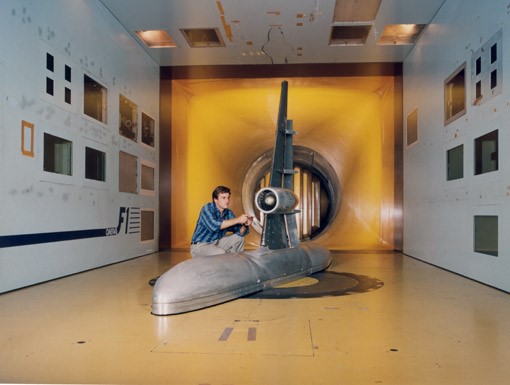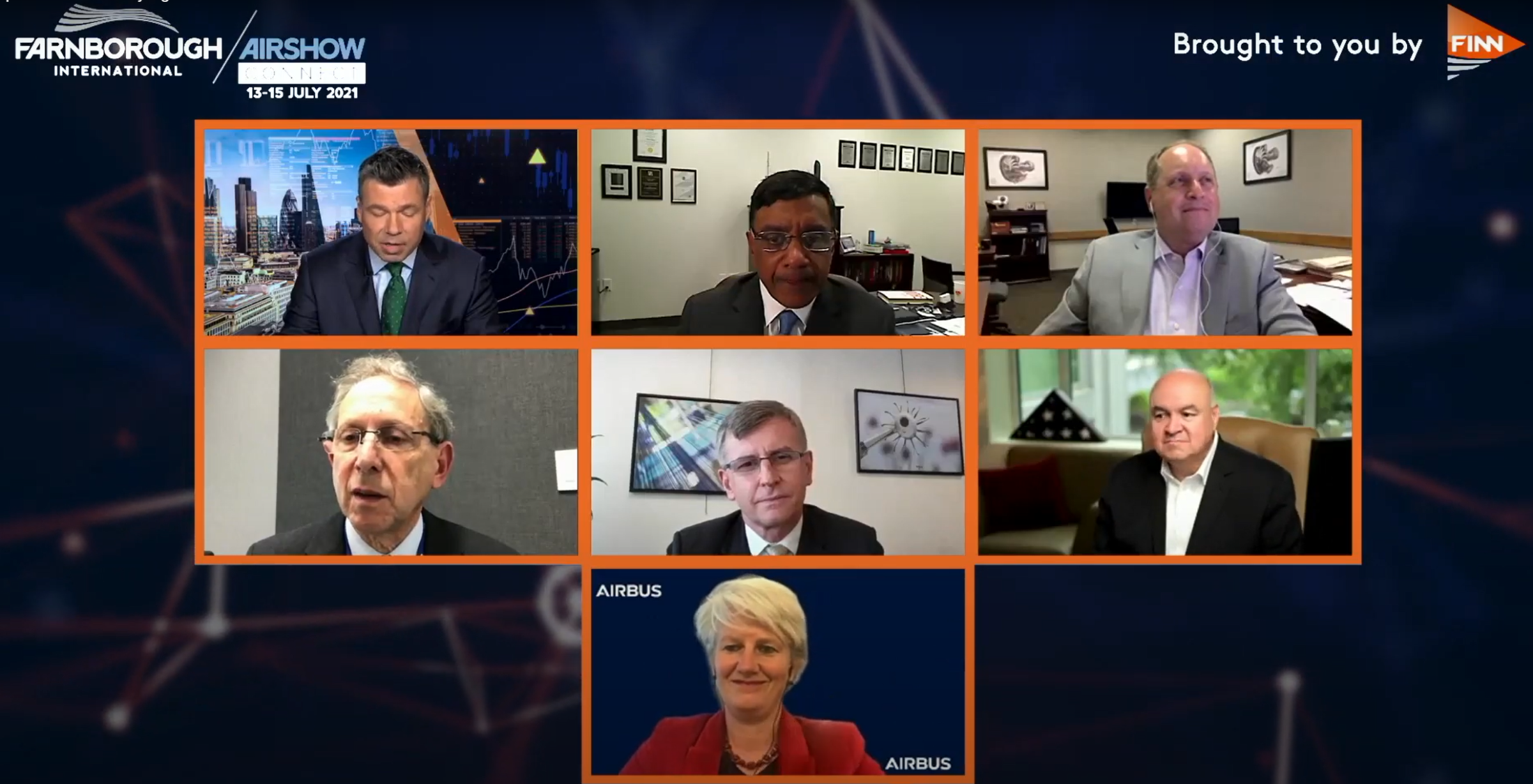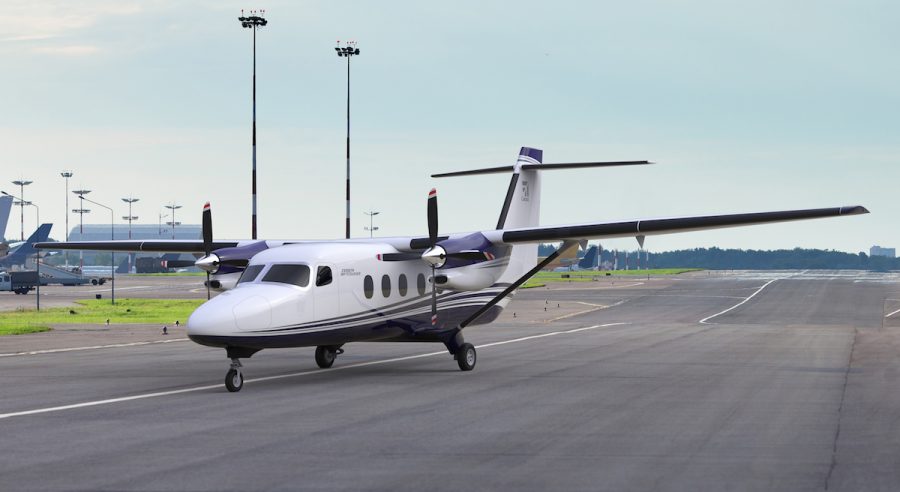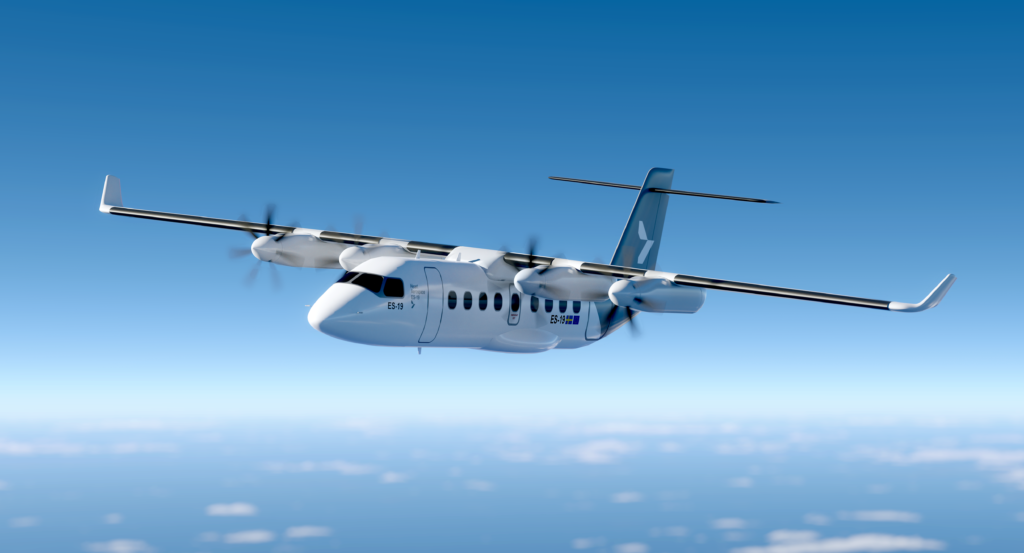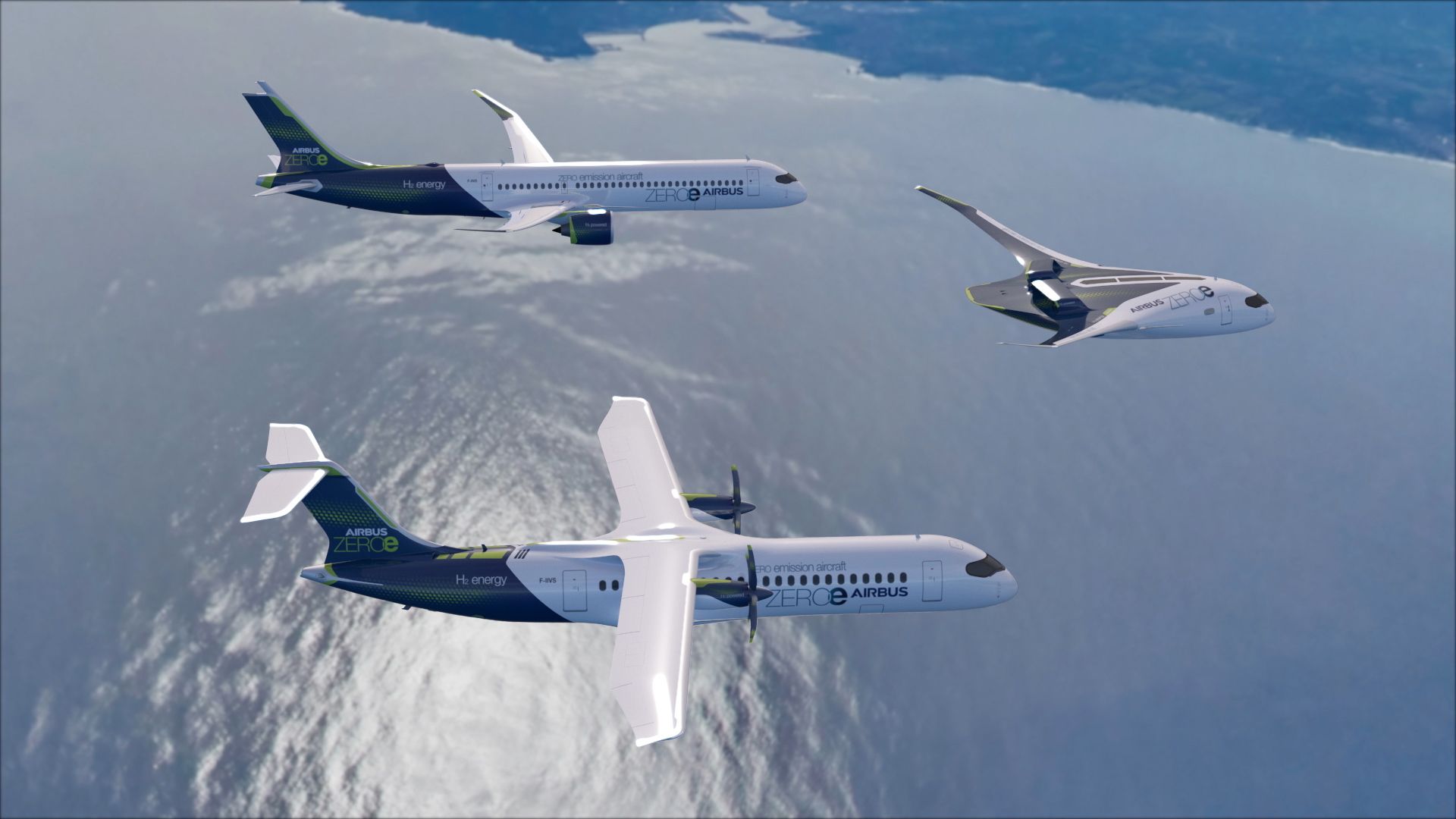Leeham News and Analysis
There's more to real news than a news release.
Bjorn’s Corner: The challenges of airliner development. Part 13. Later in the Prelaunch Phase
July 23, 2021, ©. Leeham News: Last week, we went through the initial tasks in the Prelaunch Phase. We talked about Sales and Marketing activities, initial Concept development, and first Supplier contacts.
Now that time has passed, we are three quarters into our Program Plan (Figure 2), and we have to refine our Concept, select Suppliers, and dig deep into how to get Certification.
De-carbonisation of air transport is ON
By Bjorn Fehrm
July 20, 2021, © Leeham News: Last week was a game-changing week for air transport. Three events synchronized to trigger it.
EU presented 13 policies to achieve net-zero greenhouse gas emissions by 2050 with concrete steps in-between. On the same day, the airframe and engine OEM’s CTOs said in a Farnborough Connect webcast: “It’s a commitment problem, not a technical problem to achieve the EU goals.”
This happened against a backdrop of European floodings, which made all discussions about climate change or not moot. Super-organized Germany lost over 100 persons to typhoon like rains, never seen before, that produced scenes like these: https://twitter.com/Aviation_Intel/status/1416215953080205321?s=20
Bjorn’s Corner: The challenges of airliner development. Part 12. The Prelaunch Phase.
July 16, 2021, ©. Leeham News: Last week, we showed the first cut of an overall Program Plan for our 19 seat airliner project.
Now we discuss the Prelaunch Phase activities in more detail, including what type of knowledge, tools and resources we need to get on board for the project.
Bjorn’s Corner: The challenges of airliner development. Part 11. The Program Plan.
July 9, 2021, ©. Leeham News: Now that we have done the basic market research we should scope the program. To do this we need to understand what aircraft we will develop and to what certification rules.
Our market research tells us to develop a 19 seat aircraft that can operate as a passenger and/or cargo aircraft outside the US and as cargo aircraft in the US. This enables us to certify it to FAA Part 23 and the equivalent rules of other National Aviation Authorities where we want to sell the aircraft.
The true cost of Electric Aircraft. Part 2.
Subscription Required
By Bjorn Fehrm
Introduction
July 8, 2021, © Leeham News: Last week, we looked at the cost of running an electric 19 seat airliner based on energy stored in batteries. We found the energy costs were lower than for the equivalent turboprop aircraft, but when we add the maintenance costs for the batteries, the operating costs were higher than today’s 19 seat commuter.
This was under the assumption that the battery aircraft had the same energy consumption as today’s aircraft. We now run this check. The result is eye-opening.
Summary
- Battery based aircraft weigh significantly more than jet fuel based ones. It increases their energy consumption.
- Last week’s findings were conditioned on the same energy consumption. This week’s analysis proofs this is not a valid assumption.
Bjorn’s Corner: The challenges of hydrogen. Part 33. Wrap-up: The Eco-system
April 16, 2021, ©. Leeham News: Last week, we wrapped up the operational part of sustainable air transport using hydrogen as an energy source.
Now we look at where we are with the all-important Eco-system. It has many moving parts and risks a chicken and egg stalemate.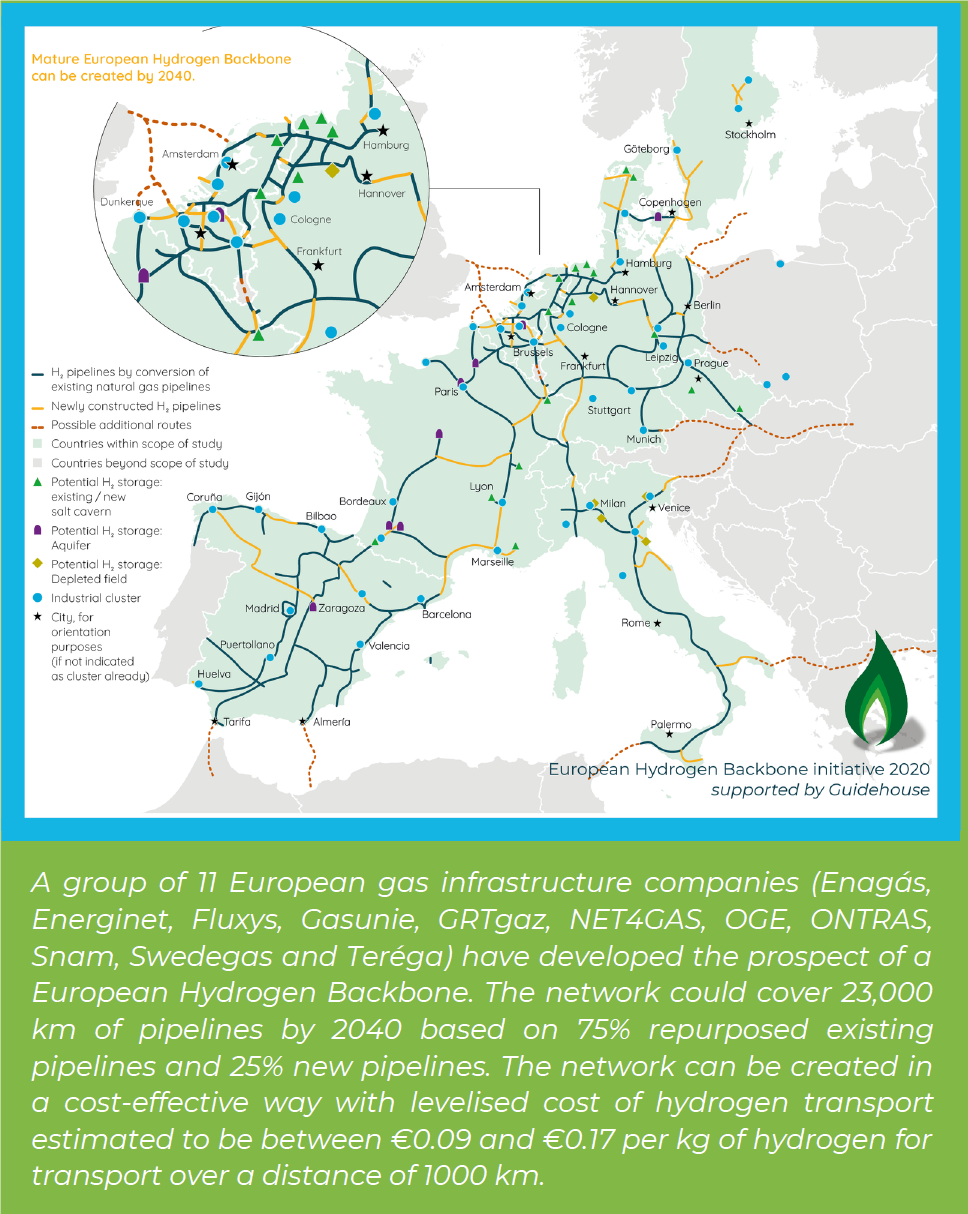 Figure 1. The prospective conversion of the European gas pipeline network to hydrogen. Source: EU.
Figure 1. The prospective conversion of the European gas pipeline network to hydrogen. Source: EU.
Bjorn’s Corner: The challenges of hydrogen. Part 31. Wrap-up: Where we stand
April 2, 2021, ©. Leeham News: It’s time to wrap up our series on the hydrogen airliner alternative for Sustainable Commercial Aviation.
We review the status for sustainable aviation as of today, then look at the future next week.
Bjorn’s Corner: The challenges of hydrogen. Part 30. Integrated nacelles.
March 26, 2021, ©. Leeham News: This week, we look at combining the propulsion and hydrogen tank in an integrated nacelle as Airbus proposes in Figure 1.
Airbus calls it its “pod” solution. What are the advantages, and what challenges does it present?
Bjorn’s Corner: The challenges of hydrogen. Part 29. Gas turbine heat management.
March 19, 2021, ©. Leeham News: This week we look deeper into the gains we can have for a hydrogen gas turbine-propelled airliner.
The ideas stem from the work of Chalmers Professor T. Grönstedt’s team in different EU research projects.
Bjorn’s Corner: The challenges of hydrogen. Part 28. Airbus priorities
March 12, 2021, ©. Leeham News: I had the chance to talk about Sustainable Air Transport with Airbus VP Zero Emission Aircraft, Glenn Llewellyn, in the week.
The discussion centered around Airbus’ overall direction and the targets with their ZEROe project.



